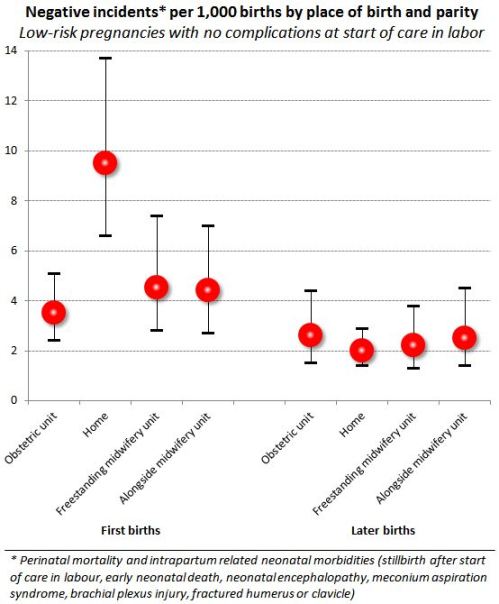Billions of dollars are spent on christmas trees — real and fake — each year. The data for 2009:

Most of the companies benefiting from this spending are small businesses:

Fake trees appear to be growing in popularity, but the sales of real trees do not appear to be slowing:

The states that benefit most from Christmas tree sales include Oregon, Michigan, North Carolina, New York, New Jersey, Ohio, Pennsylvania, and Washington, and Wisconsin:

Found at Intuit.
Lisa Wade, PhD is an Associate Professor at Tulane University. She is the author of American Hookup, a book about college sexual culture; a textbook about gender; and a forthcoming introductory text: Terrible Magnificent Sociology. You can follow her on Twitter and Instagram.









